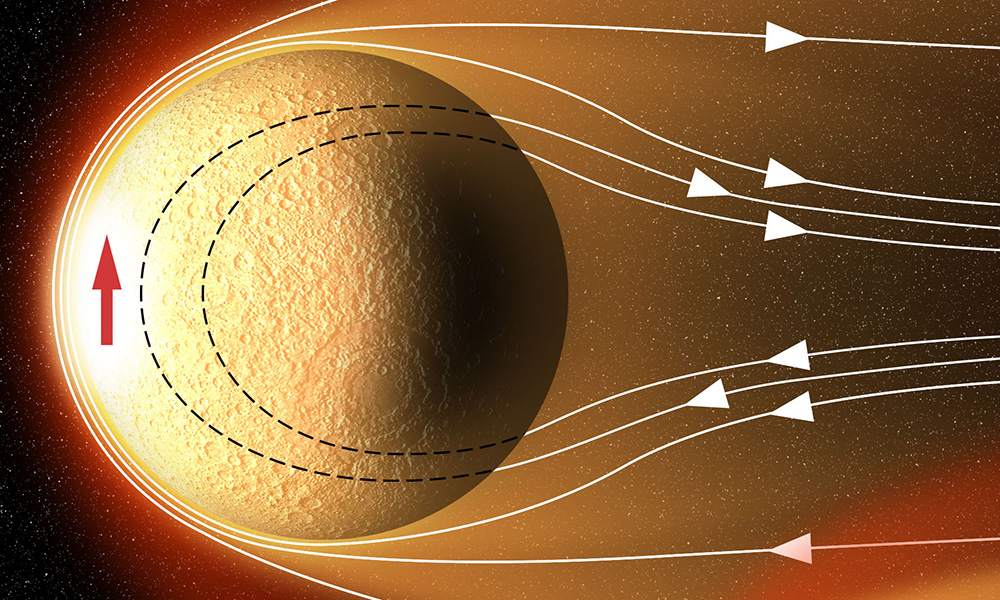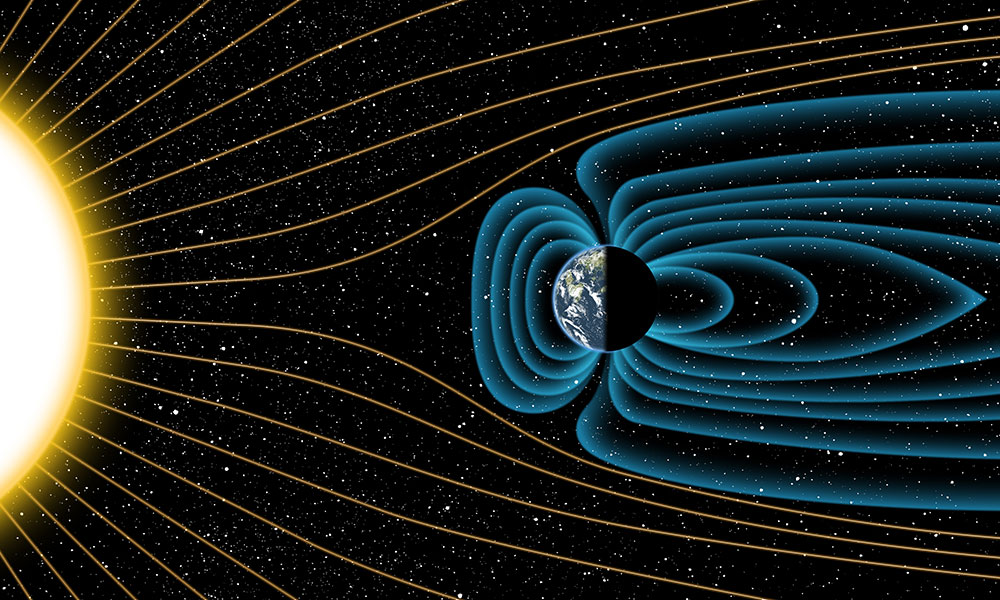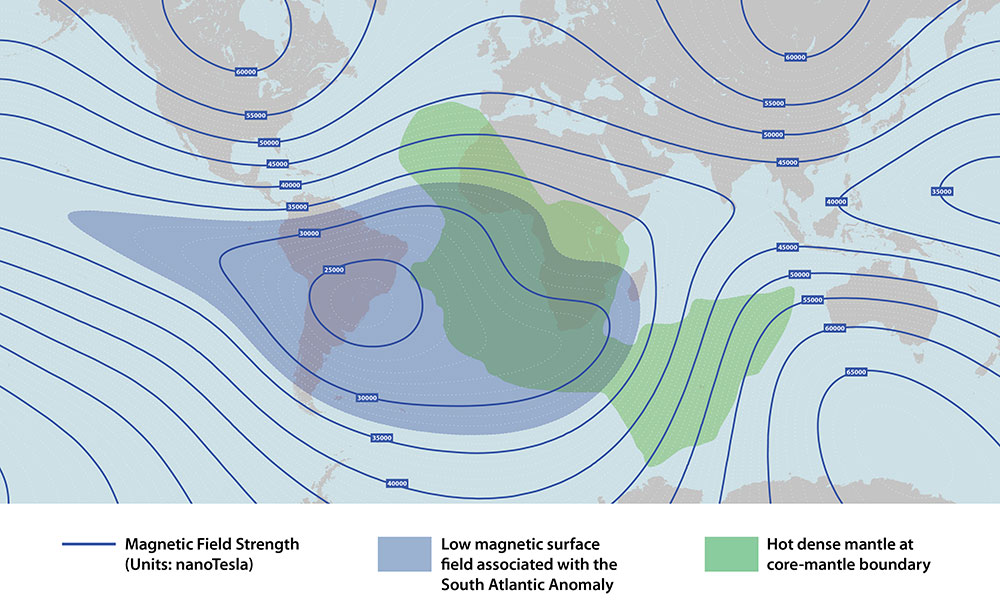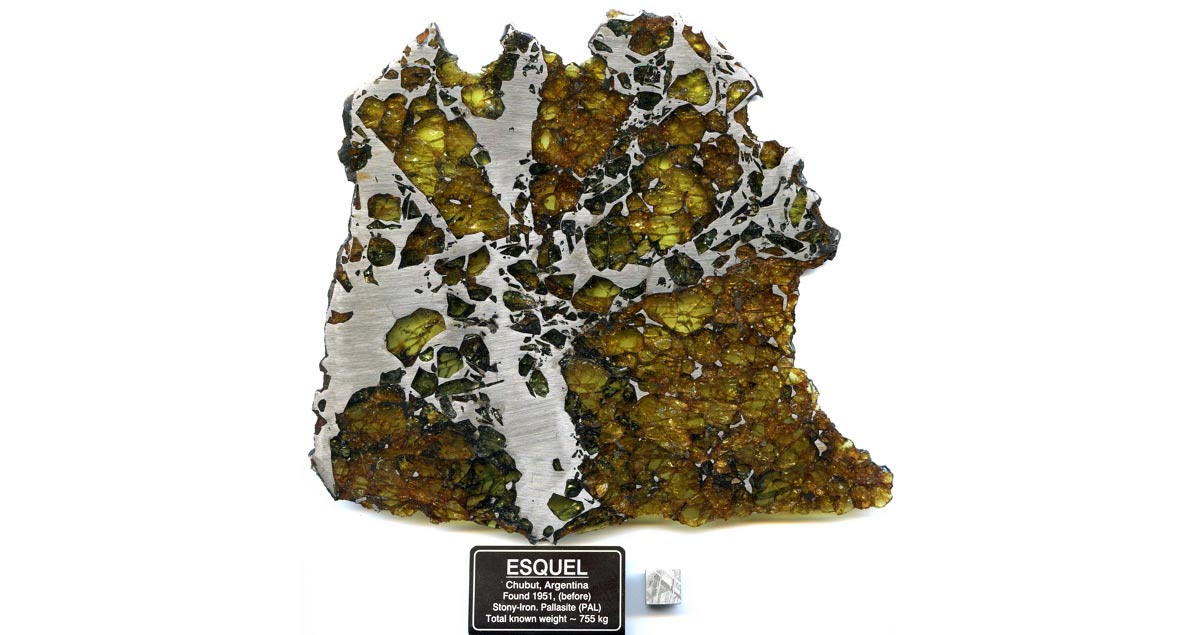
Rochester researchers uncover key clues about the solar system’s history
Researchers have used magnetism to determine, for the first time, when asteroids that are rich in water and amino acids first arrived in the inner solar system.

Researchers find that Earth’s magnetic shield is 500 million years older than previously thought
Since 2010, the best estimate of the age of Earth’s magnetic field has been 3.45 billion years. But now the Rochester researcher responsible for that finding has new data showing the magnetic field is far older.

First measurements taken of South Africa’s iron age magnetic field history
Combined with the current weakening of Earth’s magnetic field, the data suggest that the region of Earth’s core beneath southern Africa may play a special role in reversals of the planet’s magnetic poles.

Funding aimed at fusion energy awarded to Laboratory for Laser Energetics, Sandia National Laboratories collaboration
The award seeks to build upon recent successes of Sandia’s Magnetized Liner Inertial Fusion (MagLIF) concept. The concept uses a laser to heat fusion fuel contained in a small cylinder as it is compressed by the huge magnetic field of Sandia’s massive Z accelerator.

Molecular clouds show off potential, beauty of data visualization
“Simulated molecular clouds are beautiful, intricate, and ever-changing — properties that make them ideal candidates for high-powered visualization,” wrote PhD student Erica Kaminski about her award-winning images.

“Space Gems” Share a Dramatic Origin Story
These meteorites, or pallasites, were likely formed when a smaller asteroid crashed into a planet-like body about 30 times smaller than earth.
